-
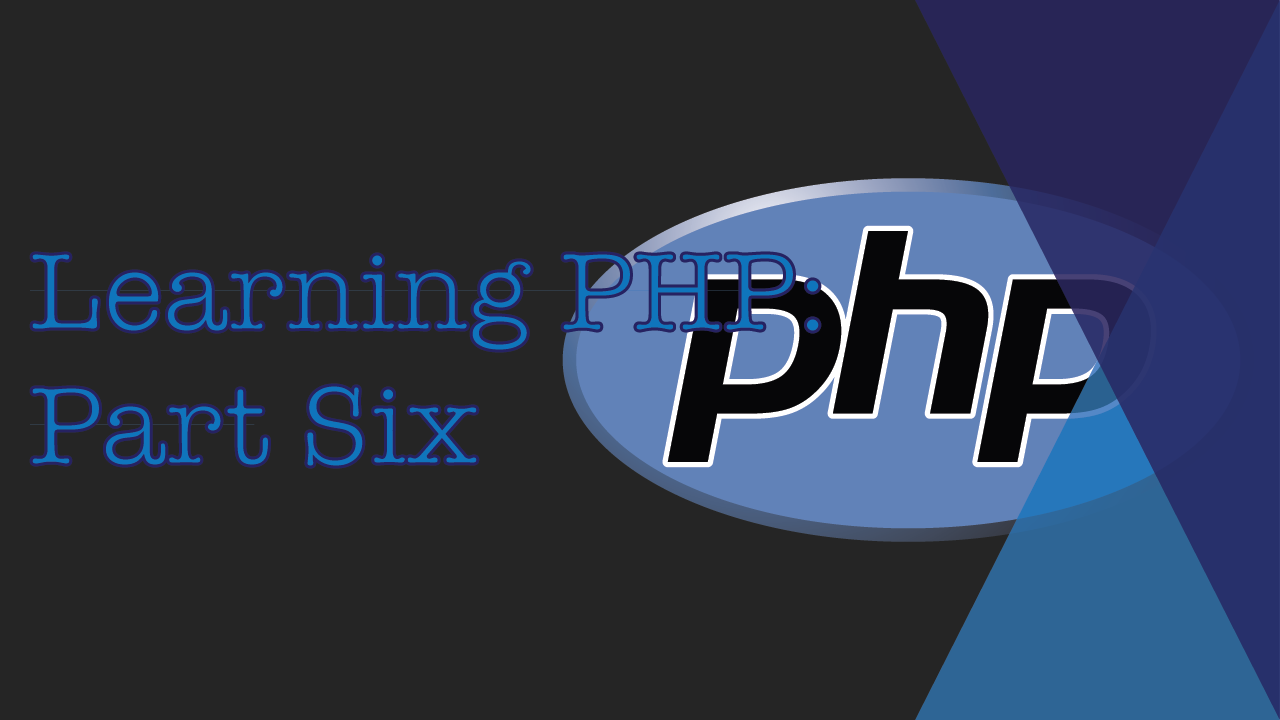
Learning PHP — Part Six: Classes, Objects and Object-Oriented Programming
Watch Video: Learning PHP — Part Six: Classes, Objects and Object-Oriented ProgrammingNow we know how to create a webpage and style it, so let’s move on to adding dynamic content to the page. And we do that with PHP, or PHP Hypertext Processor. This is how you can grab data from files or a database, loop through the data and display it in any way possible….
-

Learning PHP — Part Five: Cookies, Sessions, Errors and File Handling
Watch Video: Learning PHP — Part Five: Cookies, Sessions, Errors and File HandlingNow we know how to create a webpage and style it, so let’s move on to adding dynamic content to the page. And we do that with PHP, or PHP Hypertext Processor. This is how you can grab data from files or a database, loop through the data and display it in any way possible….
-

Learning PHP — Part Four: Multidimensional Arrays and Dates
Watch Video: Learning PHP — Part Four: Multidimensional Arrays and DatesNow we know how to create a webpage and style it, so let’s move on to adding dynamic content to the page. And we do that with PHP, or PHP Hypertext Processor. This is how you can grab data from files or a database, loop through the data and display it in any way possible….
-

Learning PHP — Part Three: Arrays and Forms
Watch Video: Learning PHP — Part Three: Arrays and FormsNow we know how to create a webpage and style it, so let’s move on to adding dynamic content to the page. And we do that with PHP, or PHP Hypertext Processor. This is how you can grab data from files or a database, loop through the data and display it in any way possible….
-
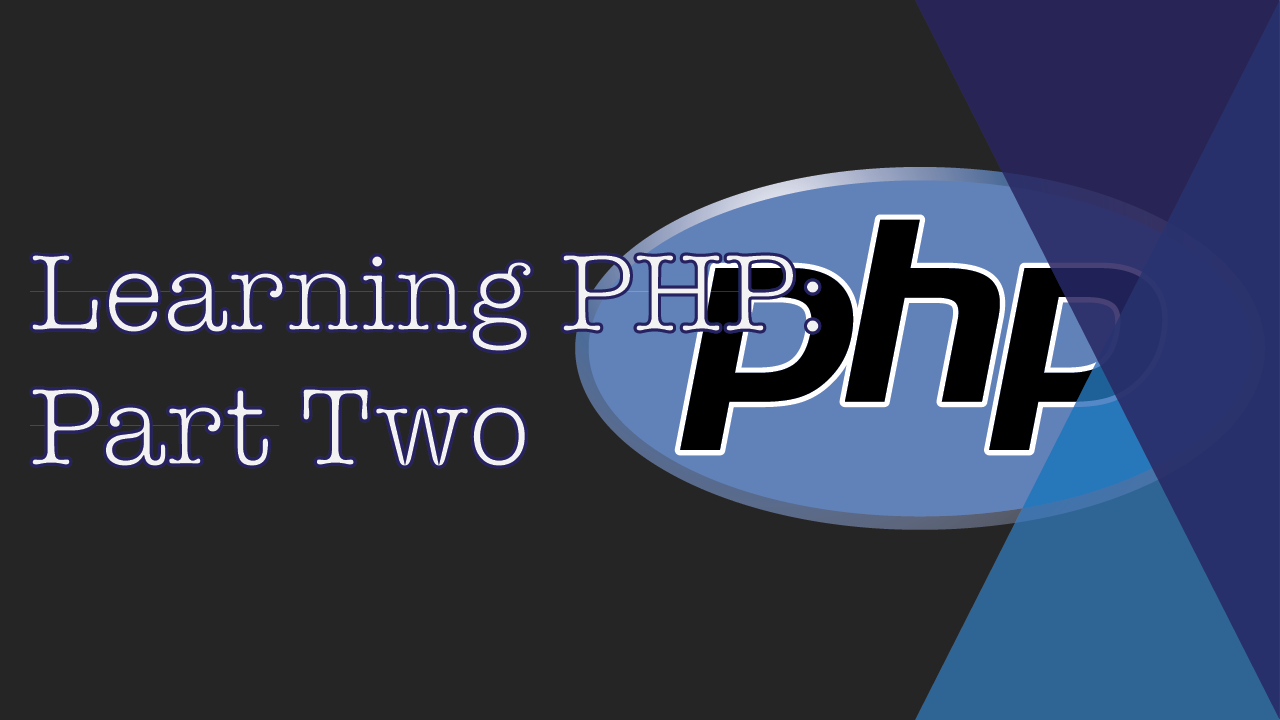
Learning PHP – Part Two: Loops, Conditionals and Functions
Watch Video: Learning PHP – Part Two: Loops, Conditionals and FunctionsNow we know how to create a webpage and style it, so let’s move on to adding dynamic content to the page. And we do that with PHP, or PHP Hypertext Processor. This is how you can grab data from files or a database, loop through the data and display it in any way possible….
-
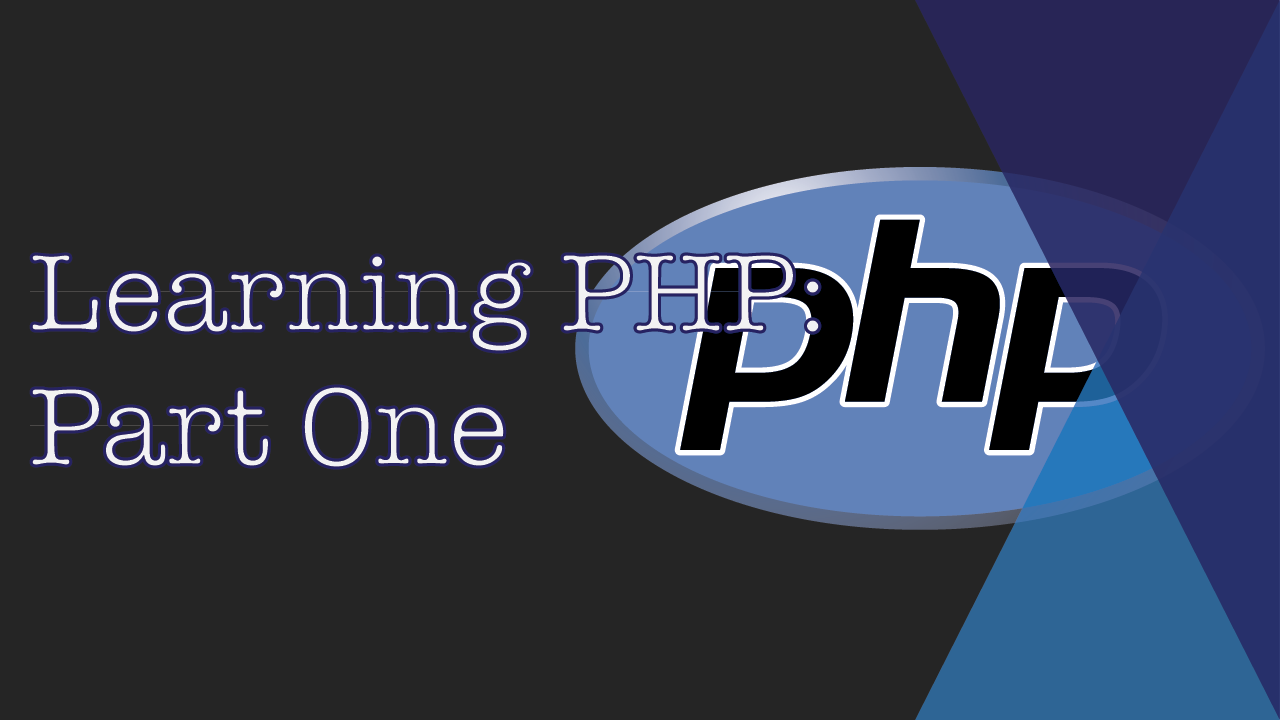
Learning PHP — Part One: Hello World, Variables, Constants, Data Types and Operators
Watch Video: Learning PHP — Part One: Hello World, Variables, Constants, Data Types and OperatorsNow we know how to create a webpage and style it, so let’s move on to adding dynamic content to the page. And we do that with PHP, or PHP Hypertext Processor. This is how you can grab data from files or a database, loop through the data and display it in any way possible….
-
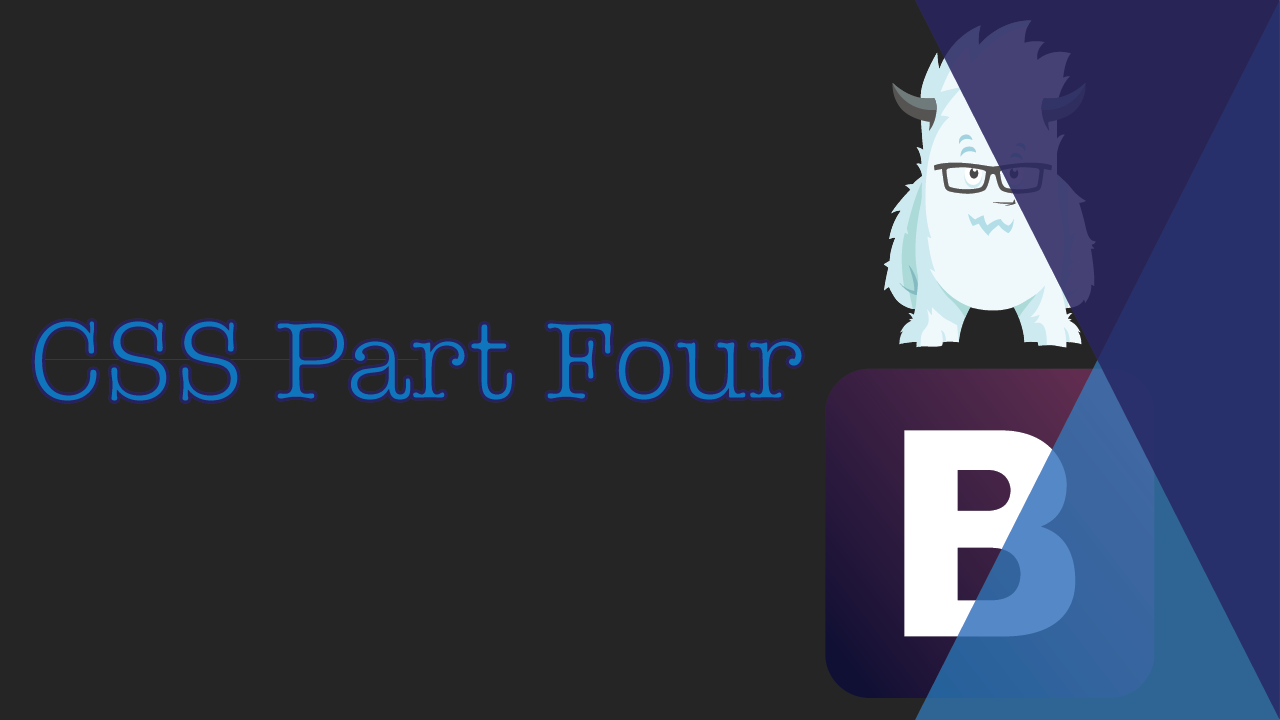
CSS — Part Four
Watch Video: CSS — Part FourWhere HTML lays out the page for the browser, CSS, or Cascading Stylesheets, sets out the design for the page. With CSS, you can define fonts for HTML elements, background colors, border, sizes and more. If it’s designed on the page, it’s more than likely designed with CSS. Today, we’ll discuss the two biggest CSS…
-
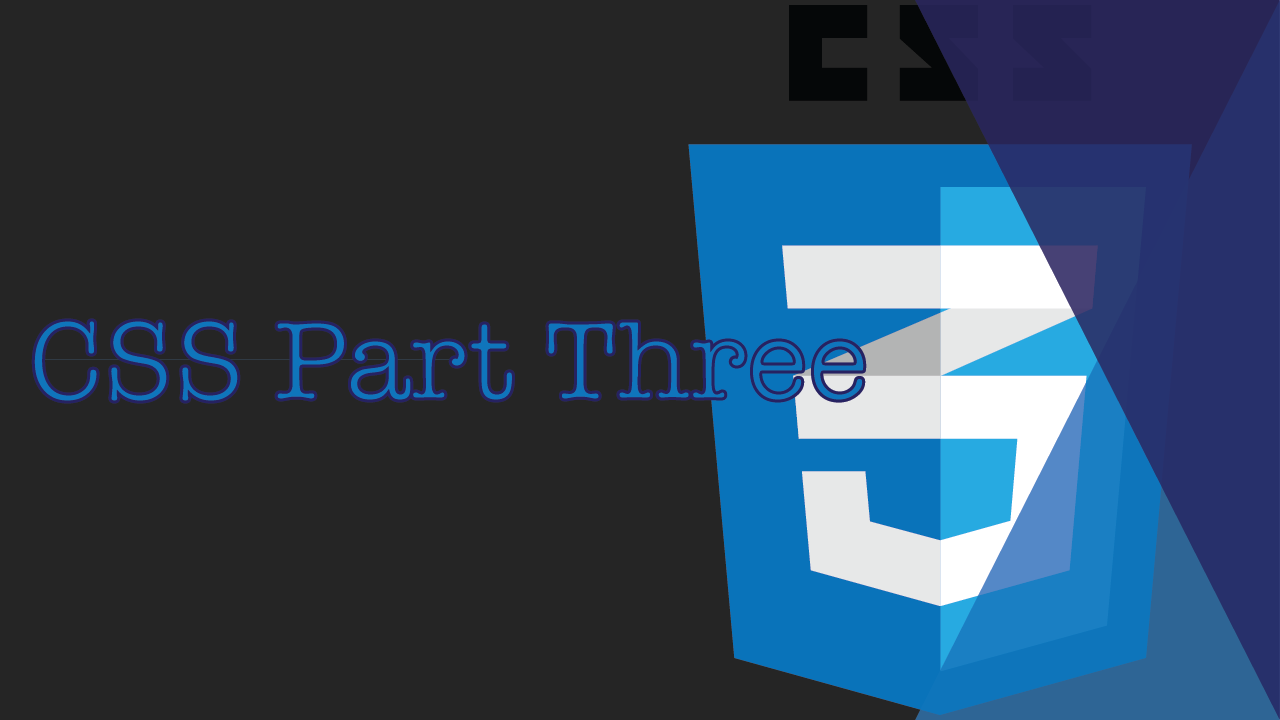
CSS — Part Three
Watch Video: CSS — Part ThreeWhere HTML lays out the page for the browser, CSS, or Cascading Stylesheets, sets out the design for the page. With CSS, you can define fonts for HTML elements, background colors, border, sizes and more. If it’s designed on the page, it’s more than likely designed with CSS. Today, we’ll go through some of the…
-
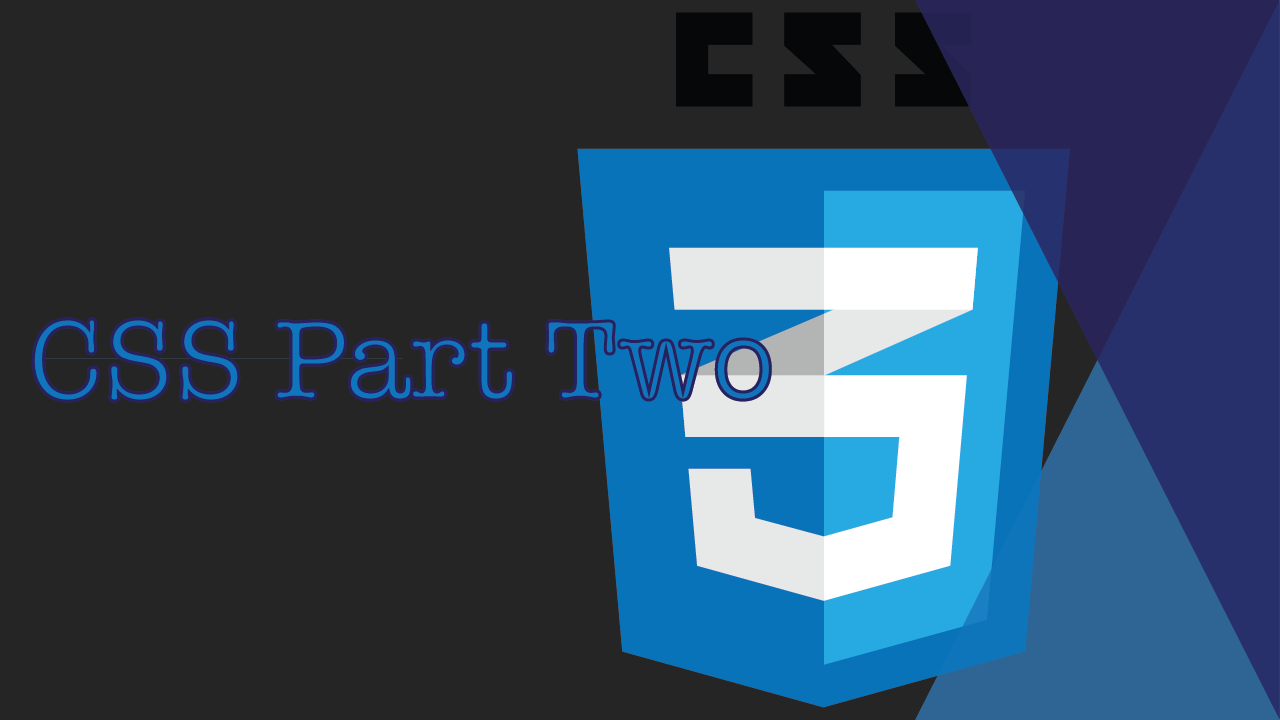
CSS — Part Two
Watch Video: CSS — Part TwoWhere HTML lays out the page for the browser, CSS, or Cascading Stylesheets, sets out the design for the page. With CSS, you can define fonts for HTML elements, background colors, border, sizes and more. If it’s designed on the page, it’s more than likely designed with CSS. Today, we’ll go through the things you…
-
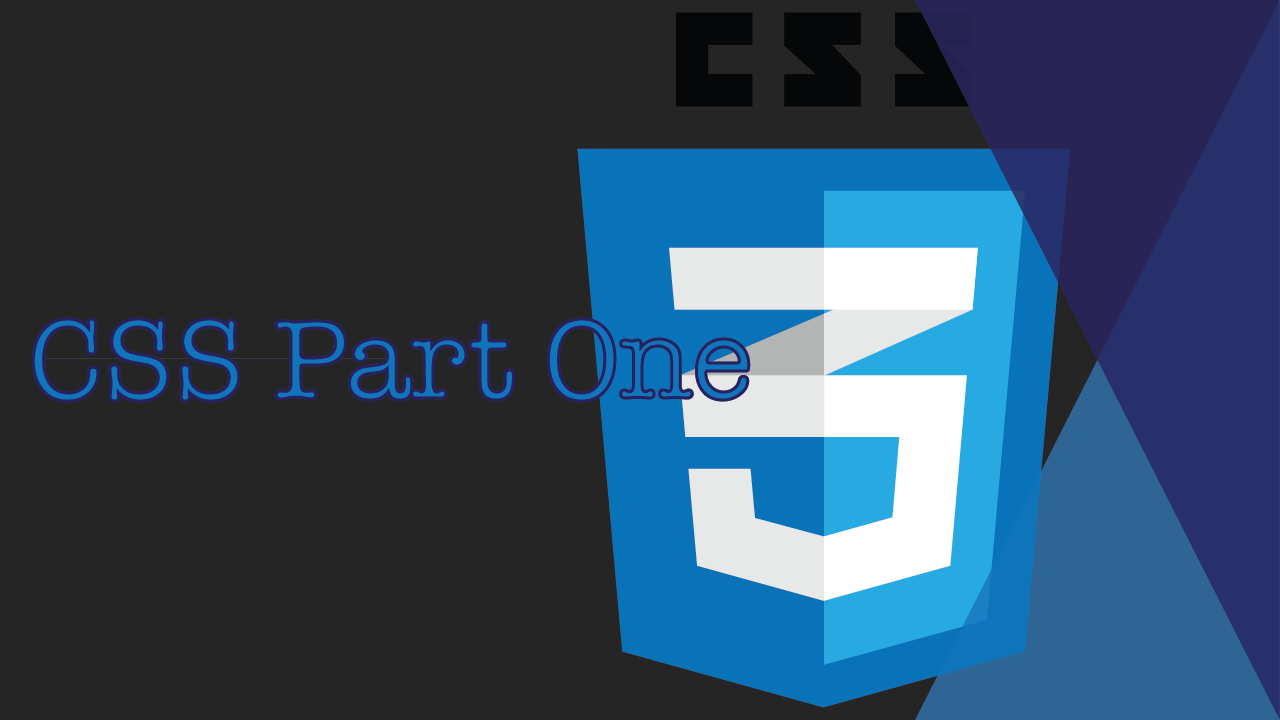
CSS — Part One
Watch Video: CSS — Part OneWhere HTML lays out the page for the browser, CSS, or Cascading Stylesheets, sets out the design for the page. With CSS, you can define fonts for HTML elements, background colors, border, sizes and more. If it’s designed on the page, it’s more than likely designed with CSS. Today, we’ll walk through the basics of…
-
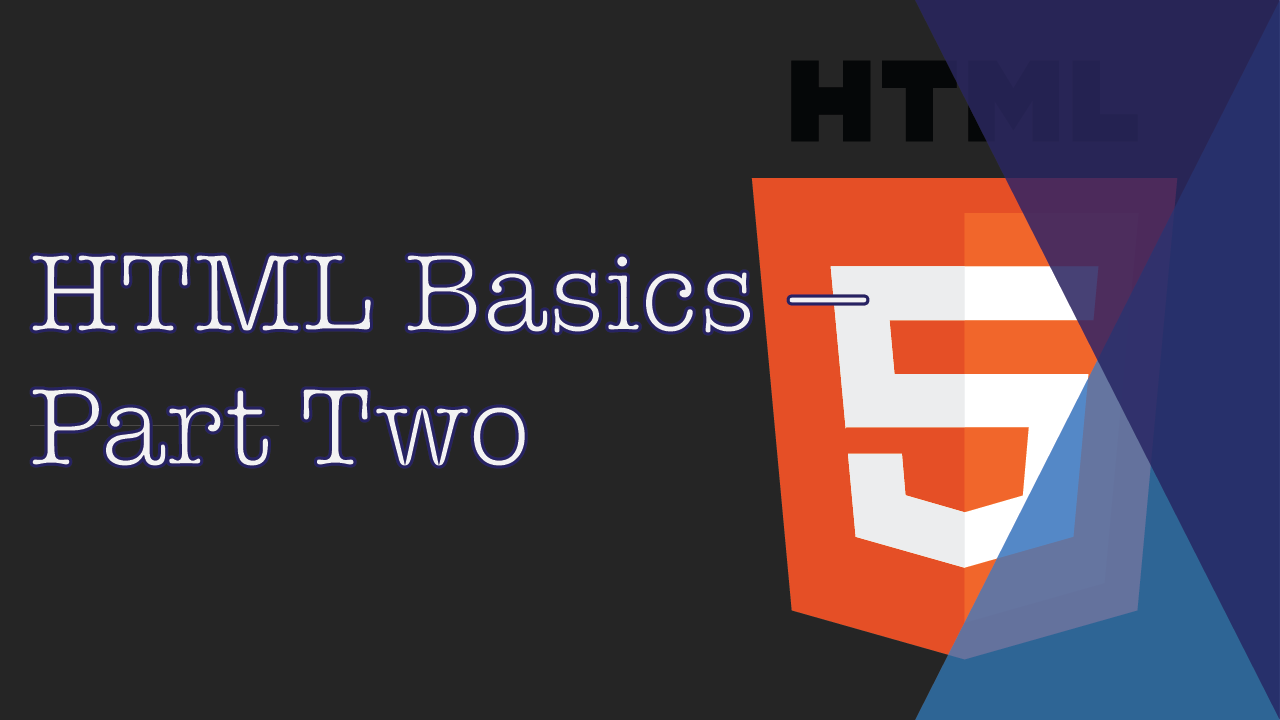
Learning HTML — Part Two
Watch Video: Learning HTML — Part TwoHTML, or Hypertext Markup Language, is the basis for the entire world wide web. It lays out the webpage for the browser to read and interpret. Everything on this very page is here through HTML. But even as important as HTML is, it’s not that difficult to learn. And today we’ll pick up where we…
